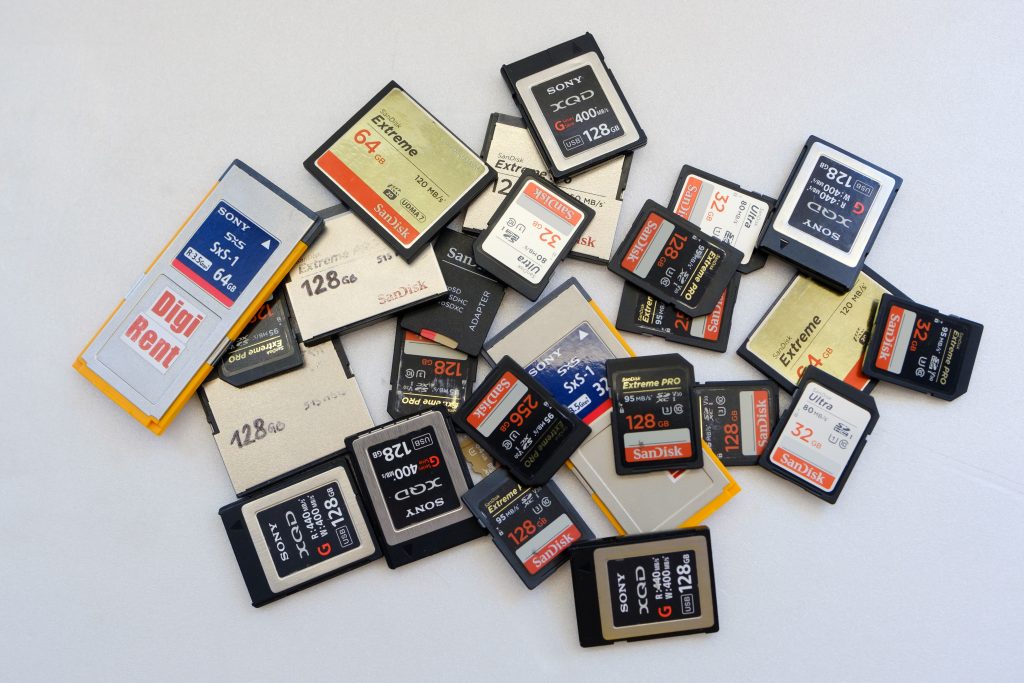Life cycle of Flash Media
I am often confronted with accusations that flash memory cards are responsible for lost footage or corrupt media files. I dug deep to find out if there is some truth to the accusations or if other factors need to be considered why footage wasn’t delivered to Post Production properly.

The accusation
From time to time a filmmaker comes to me and says that video files he or she recorded in the camera cannot be read or displayed properly in the NLE of choice. Often times the blame is made that the media is old or the life cycle is exhausted and the card is “no good”.
I wanted to actively find out if there was a way to find out the read- and write-cycles of all our memory cards and therefor I contacted SanDisk for assistance. The rental company that I work for has been using SanDisk memory cards and drives from the start because it is a reputable manufacturer with a good track record of creating products for professional use at reasonable prices. The results should apply to other flash memory products in some way as well.
The technical response
SanDisk answered my call and I was told that there was no Software that could measure or display the cycles of their memory cards.
As a result of Leveling-Algorithms, Bad-Block-Identification, Bad-Block-Management and other advancements, Flash Drives have made a big step in relation to their durability. It is although true that every Flash Drive has a limited amount of read- and write-processes per sector.
Device reliability is calculated in MTBF (mean time between failure) and lies at approximately 1,000,000 (one million) hours of MTBF.
– Costas M. (SanDisk)
With this MTBF value I made the following calculation:
| hours of MTBF | days of MTBF | years of MTBF |
|---|---|---|
| 1,000,000 | 41,667 | 114 |
The conclusion
The approximate mean time between failure (MTBF) is 114 years. And this would require you to read and write to your memory card 24 hours every single day of the year. If these values are correct our memory cards should be able to easily outlive us.
Also the bigger the Flash Drive is, the more Bits it has onto which processes can be distributed to. As the capacity of a Flash Drive increases the higher its life cycle gets.
I hope this de-mystifies the misconsumption that memory cards are the main problem when footage does not arrive at the editing bay the way it’s supposed to. Most times the copy and backup process goes horribly wrong and I will go into further detail on how to properly and securely backup your footage without data loss in a future article.